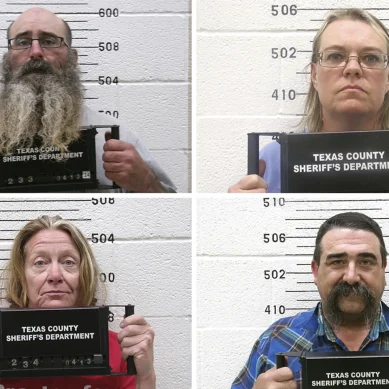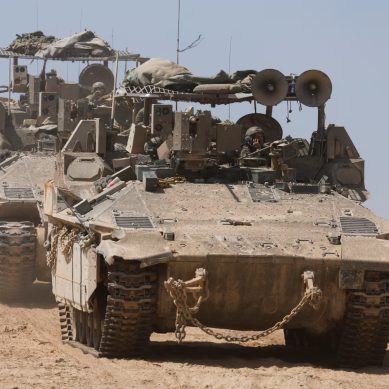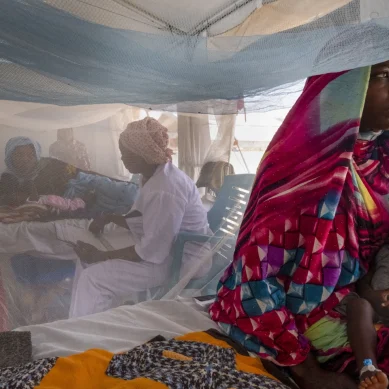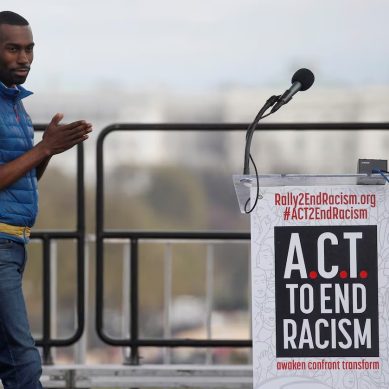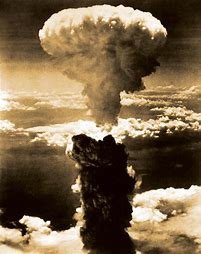
Indulge me for a moment. This is how “The Prophecy” in my 1962 high school yearbook began. It was written by some of my classmates in the year we graduated from Friends Seminary in New York City.
“Being an historian, I am jotting down these notes out of habit, but what I saw and experienced two days ago I am sure no one else as civilised as I am will ever see. I am writing for those who shall come a long time from now.
“First of all, let me introduce myself. I am Thomas M. Engelhardt, world-renowned historian of the late twentieth century, should that mean anything to whoever reads this account. After the great invasion, I was maintaining a peaceful, contented existence in the private shelter I had built and was completing the ninth and final volume of my masterpiece, The Influence of the Civil War on Mexican Art of the Twentieth Century, when I was seized by a strange desire to emerge from my shelter, have a look at the world, and find some companions.
Realising the risk I was taking, I carefully opened the hatch of the shelter and slowly climbed out. It was morning. To my shock, I was in a wide field overgrown with weeds; there was no sign of the community that had been there…”
As I wander, I finally run into one of my classmates, now “a skinny old man with bushy white hair, wearing a loose deer skin.” And yes, whatever happened (that “great invasion”) while I was underground in – as anyone of that period would have known – a private nuclear-fallout shelter, is unclear.
Still, in the world I find on emerging, all my former classmates, whom I meet one after another in joking fashion, now live in caves. In other words, it had obviously been devastated.
True, in those high school years, I was something of a Civil War nut and my classmates ragged me for it. I couldn’t stop reading grown-up books on the subject. (Thank you, Bruce Catton, for your popular histories of that war and for the magazine you founded and edited, American Heritage, to which I was a teen subscriber!)
They obviously thought I was a history wonk of the first order. But more than 60 years later, it strikes me that we kids who had learned to “duck and cover” at school – to dive under our desks, hands over our heads (with CONELRAD warnings blaring from the radio on our teacher’s desk) – in preparation for a Russian nuclear attack, already had a deep sense not of future promise but of doom to come. In those days, it wasn’t that hard to imagine ourselves in a future devastated world returned to the Stone Age or worse.
And at the time, I suspect that was hardly out of the ordinary. After all, there were, in a sense, mushroom clouds everywhere on the horizon of our lives to come. By 1962, America’s victory weapon that, in two blinding flashes in August 1945, took out the Japanese cities of Hiroshima and Nagasaki to end World War II, had become a weapon (in other hands) of potential defeat.
Everywhere in our lives there lurked the possibility that “we,” not “they,” might be the next victims of nuclear extermination. Consider it an irony indeed that our country’s nukes would chase Americans through the decades to come, infiltrating so many parts of our world and our lives.
Back in 1954, our Cold War enemy, the Soviet Union, already had its own nukes (although as yet little effective way of delivering them). No one thought it worth a comment then that, in Walt Disney’s cinematic retelling of Jules Verne’s Twenty Thousand Leagues Under the Sea, when Captain Nemo blows up his island, what’s distinctly a mushroom cloud rises over it. Of course, in those years, end-of-the-world movies would become everyday affairs.
In the 1950s and early 1960s, a now-forgotten bunker-culture mentality enveloped this country and my classmates caught the moment perfectly. In fact, that “shelter” I emerged from would, in 1962, still have been far too recognisable to need further description. After all, we grew up in a time when the Cold War was only intensifying and the very idea of building private nuclear shelters had become a commonplace.
As an article in Smithsonian Magazine reminds us, right after the first Russian nuclear test went off in 1949, “[General] Douglas MacArthur’s ex-wife said she was furnishing the former slave quarters beneath her Georgetown mansion as a bomb shelter” and, only six years later, the head of Civil Defence began urging every single American “to build an underground shelter right now.’”
By 1961, faced with a crisis over a divided Berlin, President John F. Kennedy himself urged Americans to do just that. (“The time is now,” he insisted.) In those years, Life magazine typically ran a feature on constructing “an H-bomb Hideaway” for a mere $3,000! And real-estate ads even promised “good bomb immunity,” while Science News warned of “hucksters who were peddling backyard shelters, burn ointments, dog tags, flashbags, and ‘decontaminating agents.’”
Naturally, once you had built your private shelter, there was the question of whether, should a nuclear war be about to begin, you should let the neighbours in or arm yourself to stop them from doing so. (A friend of mine still remembers one of his schoolmates and neighbours warning him that, in a crisis, according to his parents, his family better not try to come to their nuclear shelter or they would regret it.)
And that yearbook passage of mine was written in the winter or spring of 1962, months before the Cuban missile crisis shook us all to our bones. That October, I remember fearing the East Coast, where I was then attending my freshman year of college, might indeed go up in a giant mushroom cloud. And keep in mind that, in those years, from popular magazines to sci-fi novels to the movies, the bomb either exploded or threatened to do so again and again.
Tom Engelhardt
- A TomDispatch report
